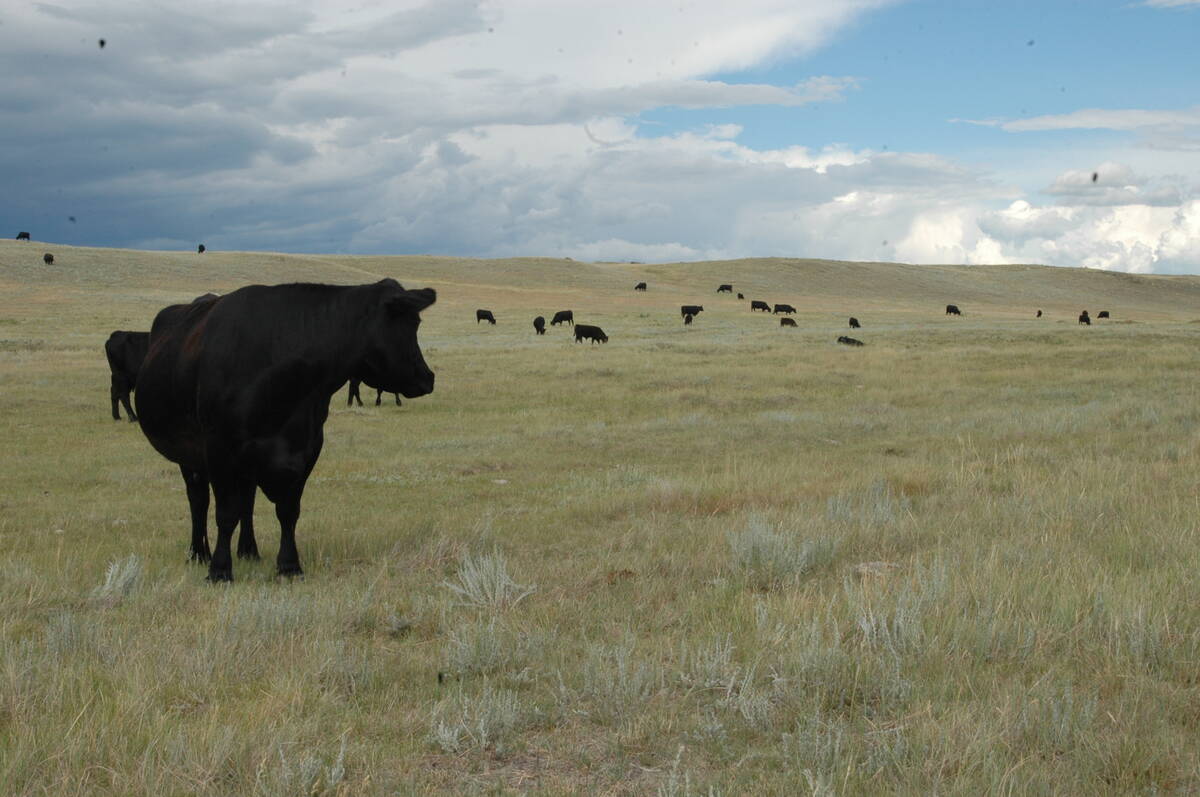PICTURE BUTTE, Alta. – Darren Nixon is a big, friendly Albertan who likes to cook western.
That does not mean baked beans and barbecued beef on a bun with a beer on the side.
Try his gingered lemon lamb chops, lamb bourguignon or Alberta lamb tagine. Those are some of the entrees the affable chef from Okotoks promotes as the volunteer spokesperson for the Alberta lamb council.
A former meat cutter turned chef, Nixon offers Alberta lamb as a house specialty at his Café Divine restaurant. But he also has an inviting selection of other homegrown foods to promote western cuisine. It could be anything from the traditional Alberta beef to bison cooked with saskatoons.
Read Also

Canadian Food Inspection Agency slammed for handling of bovine tuberculosis case
The federal government leans heavily on producers to “take one for the team” and risk their livelihoods without any reassurance of support.
“Everything on my menu is local with the exception of Atlantic salmon,” he said.
Recently he has noticed more visitors at the restaurant ask for Alberta-grown meats since cattle, bison and lambs have been banned from export for more than a year.
He added Alberta lamb after he started buying locally grown tomatoes from greenhouse grower and lamb producer Tony Legault of Nanton four years ago. Legault suggested connecting with the lamb industry.
Nixon went on to develop recipes for the Alberta lamb council, which groups producers across the province to supply lamb to restaurants and individual consumers.
He also got involved in a network of Alberta chefs who actively buy and promote local products with help from Alberta Agriculture.
“Sometimes it is frustrating when you have a good product like this available locally and people aren’t eating it. It is just a matter of educating the public,” Nixon said.
One of his favourite parts of being a chef is experimenting with a variety of foods and new flavour combinations. He encourages people to cast aside the rules and experiment.
“We have all these predisposed notions of what can and cannot be done,” he said.
“I don’t want people to run out and buy ingredients. I like the concept of opening up your pantry door and seeing what you have on hand. That inspires creativity and you end up with something unique,” he said.
Western Canadian cuisine is emerging as a mix of traditional foods and ethnic ones introduced by new Canadians. The cooking techniques may be European based but no one ever learned to cook bison in Paris, so it takes locals like Nixon to present entrees with distinctly western ingredients.
He buys Alberta grown meat, potatoes, herbs and lettuces from local greenhouse growers or visits the Millarville farmer’s market for fresh produce.
“We’re defining more and more Alberta and western Canadian cuisine combining all the different ingredients we have available.”
The creativity does not stop when the restaurant closes. As a father of three young children, Nixon takes on the family meals as well.
“I cook all week long and get up Sunday morning and think about what we’ll have for breakfast,” he said.















